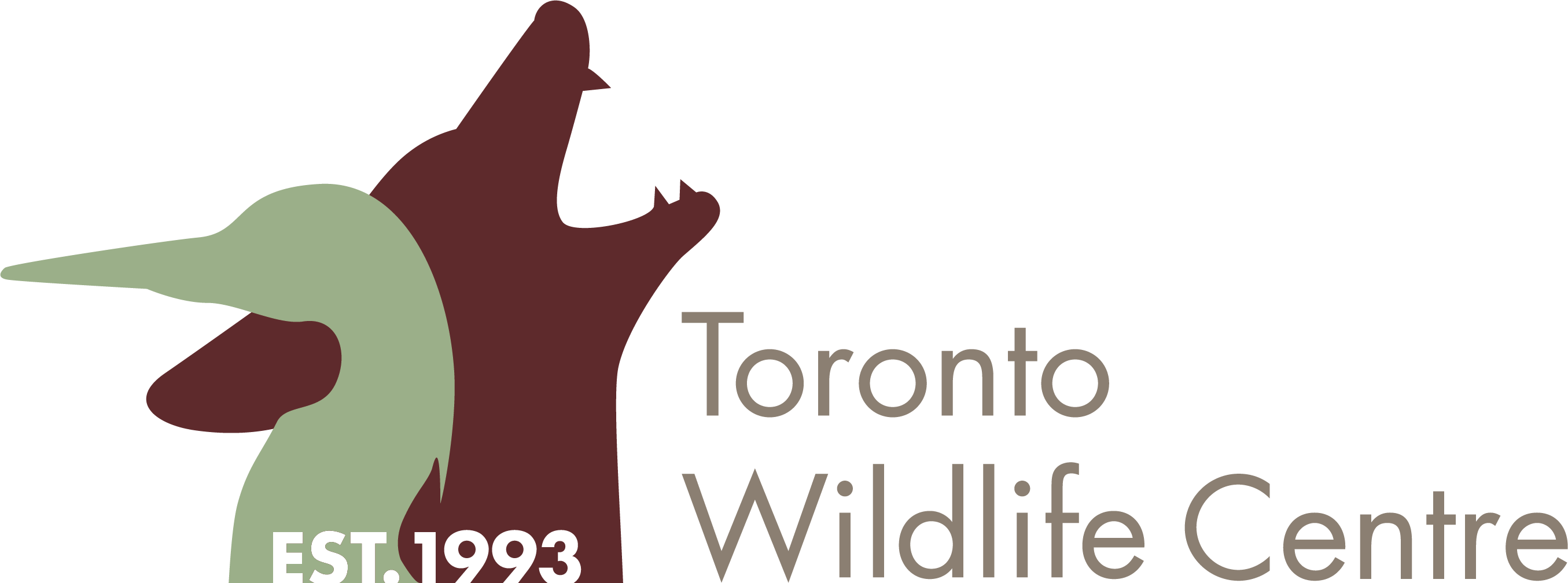What is rabies?
Rabies is a virus that can be transmitted between mammals. It is passed through saliva, usually via a bite from an infected animal.
There are many strains of rabies, and in theory any mammal can be infected with any strain. “Vector” species are the ones in an ecosystem most likely to carry the virus. This doesn’t mean that all of them have rabies, or even that most of them do — just that they’re more likely to than other mammal species. In Ontario, rabies vector species include raccoons, skunks, bats, and foxes.
Remember that rabies is ONLY transmitted through saliva. Just seeing raccoons, bats, or foxes in the the neighbourhood (or even having them accidentally enter your home) does not put you or your family in danger.
Rabies in Ontario
While rabies used to be very common in Ontario, the Ministry of Natural Resources and Forestry (MNRF) implemented a very successful vaccine-baiting program in the 1990s that virtually eliminated the virus from the province. We still occasionally saw it in bats (because they eat insects, it’s hard to bait them), but it was very rare.
In 2015, the area around the city of Hamilton started experiencing an outbreak of the raccoon strain of rabies. Raccoons, skunks, and foxes have been affected, as well as some domestic animals. Because of the particular strain involved, authorities think that a raccoon hitched a ride over the border on a transport truck from New York State, where rabies has always been an issue. The MNRF has once again doubled down on their vaccine baiting program, and is working hard to get the outbreak under control. So far there have been no positive cases in the Toronto area.
You can find more information on rabies in Ontario here.
What to do if a wild animal bites you
Most of the reports we get of animal bites are from people trying to hand-feed a wild animal like a squirrel or raccoon — another good reason not to feed wildlife!
To stay safe, do not handle sick, injured or orphaned wild mammals with bare hands, even if they appear weak or young. Wear heavy gloves, or — even better! — avoid contact altogether by using a box or container to secure the animal. Use these guidelines to contain animals in need of care.
If an animal bites you, scrub any bite or scratch wounds with antiseptic soap and flush repeatedly with water. Contact your family doctor for advice right away. They may need to contact your local public health office to report the exposure. If it is safe to do so, contain the animal and contact a wildlife rehabilitator or animal services.
Keep your pets safe from rabies
In Ontario it is the law that all cats and dogs must be vaccinated against rabies at 3 months of age, and receive regular boosters throughout their lives. Keeping pets supervised or indoors, and keeping up with regular home maintenance, will also help to keep animals safe.

